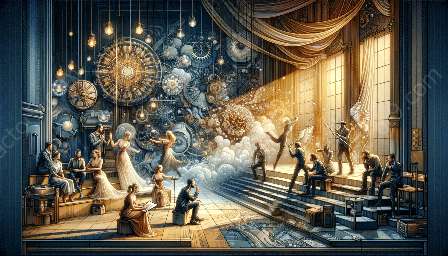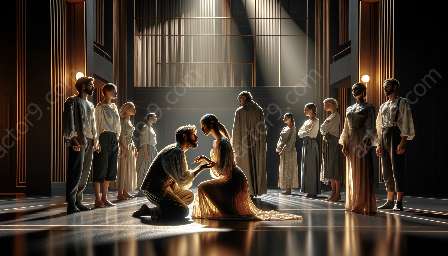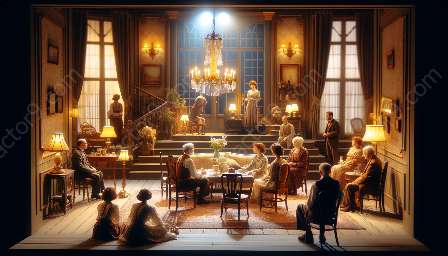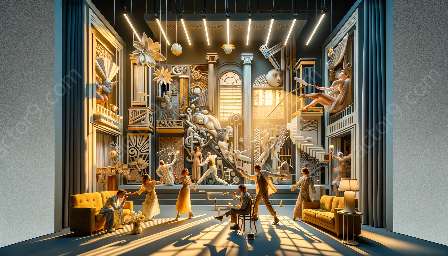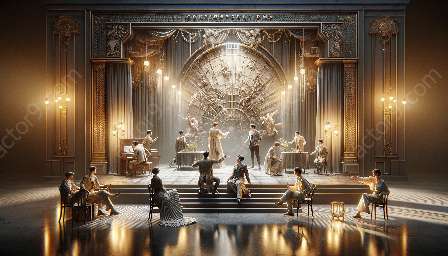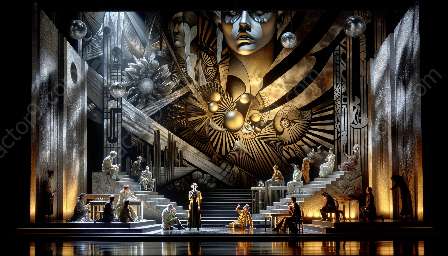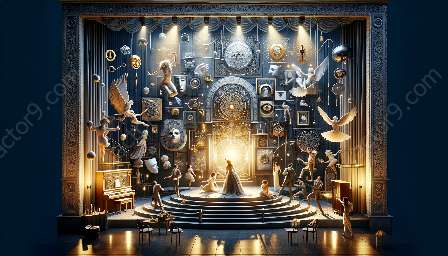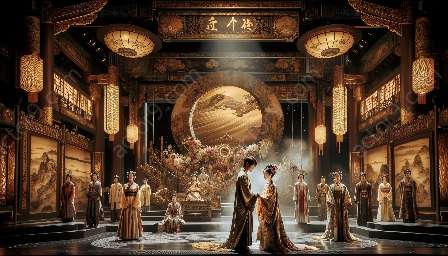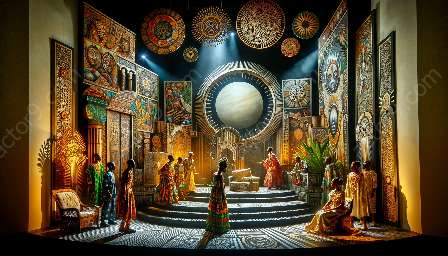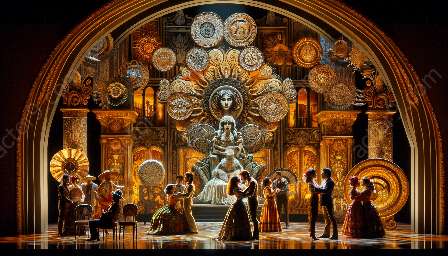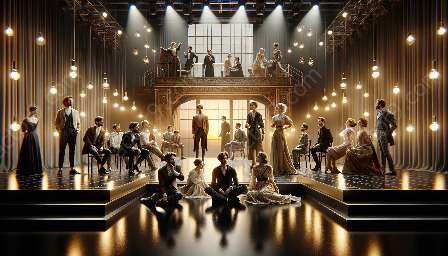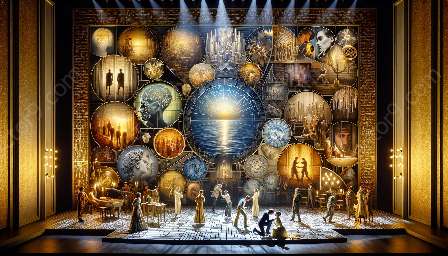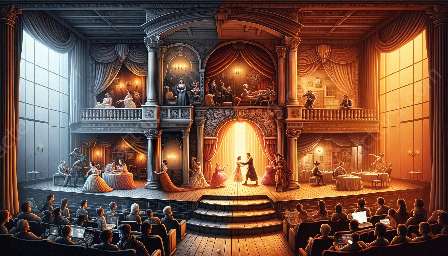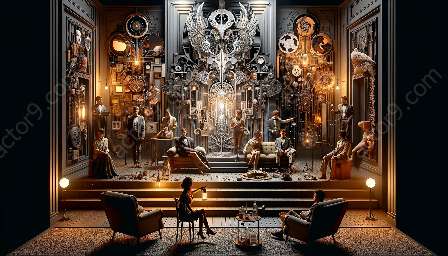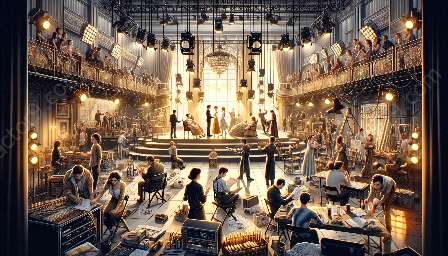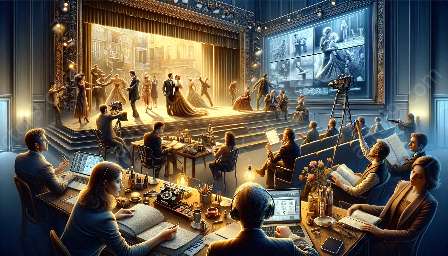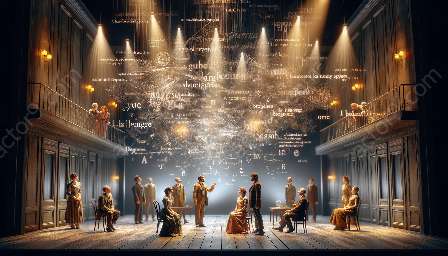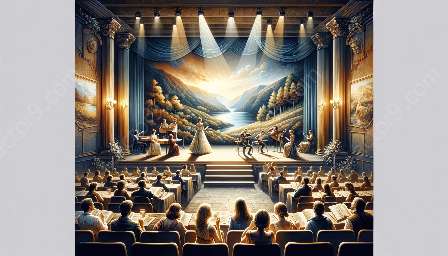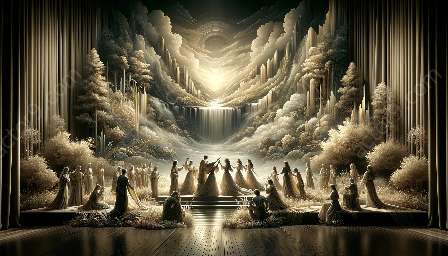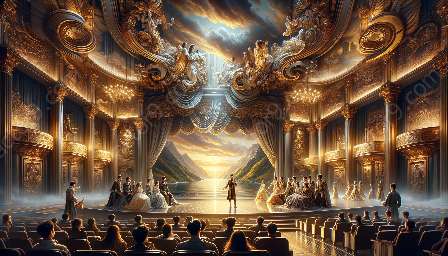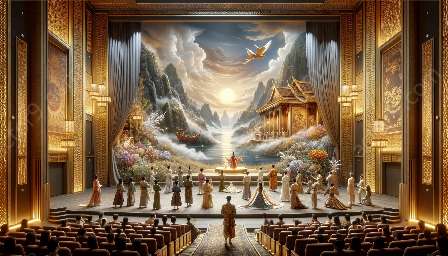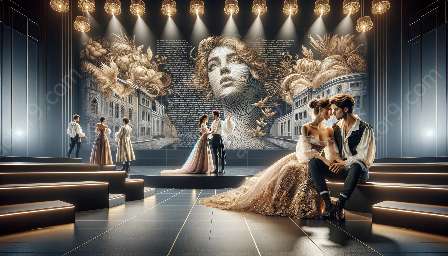Expressionist plays in the modern era have distinct characteristics that set them apart from traditional dramatic works. As a movement, expressionism in modern drama has had a profound influence on the way stories are told and emotions are conveyed on stage.
What is Expressionism in Modern Drama?
Expressionism emerged as a reaction to the naturalistic and realist styles that dominated theater in the late 19th and early 20th centuries. It sought to delve deep into the psyche of the characters and emphasize their emotional experiences rather than presenting a faithful representation of the external world.
Modern drama, as a broader category, encompasses the evolution of theatrical works in the contemporary era, reflecting the cultural, social, and political contexts of the time.
Key Characteristics of Expressionist Plays
1. Subjective Reality: Expressionist plays often blur the lines between reality and the characters' subjective experiences. The focus is on internal thoughts and emotions, creating a distorted and heightened version of reality.
2. Distorted Language: Expressionist plays employ fragmented dialogue, non-linear narratives, and poetic language to convey the characters' inner turmoil and psychological conflicts.
3. Symbolism and Metaphor: Symbolic imagery and metaphorical elements are frequently used in expressionist plays to evoke emotional responses and represent the characters' subconscious desires and fears.
4. Visual Stylization: The visual aspects of expressionist plays are often characterized by stark contrast, exaggerated gestures, and non-representational set designs, creating a surreal and dreamlike atmosphere.
Impact on Modern Drama
Expressionism in modern drama has redefined the way stories are told on stage. It has challenged conventional theatrical norms and provided a platform for exploring complex human emotions and existential themes.
Moreover, the influence of expressionism can be seen in contemporary plays that continue to push the boundaries of traditional storytelling, inviting audiences to engage with the characters' inner worlds and confront the tumultuous nature of human existence.
Conclusion
The key characteristics of expressionist plays in the modern era demonstrate the enduring impact of expressionism on modern drama. By delving into subjective realities, employing distorted language, utilizing symbolism, and embracing visual stylization, expressionist plays continue to captivate audiences and challenge perceptions of reality and human experience.


